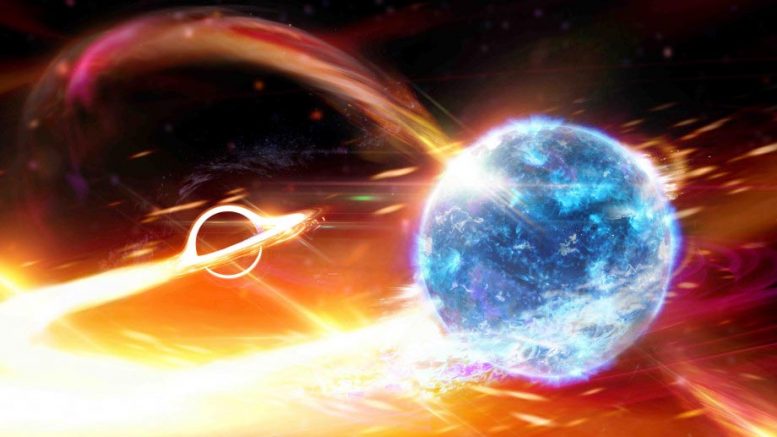
Artist’s depiction of a black hole about to swallow a neutron star. Credit: Carl Knox, OzGrav ARC Centre of Excellence
Scientists, including those from The Australian National University (ANU), say they have detected a black hole swallowing a neutron star for the first time.
“About 900 million years ago, this black hole ate a very dense star, known as a neutron star, like Pac-man — possibly snuffing out the star instantly.” — Professor Susan Scott
Neutron stars and black holes are the super-dense remains of dead stars. On Wednesday, August 14, 2019, gravitational-wave discovery machines in the United States and Italy detected ripples in space and time from a cataclysmic event that happened about 8,550 million trillion kilometers away from Earth.
Professor Susan Scott, from the ANU Research School of Physics, said the achievement completed the team’s trifecta of observations on their original wishlist, which included the merger of two black holes and the collision of two neutron stars.
“About 900 million years ago, this black hole ate a very dense star, known as a neutron star, like Pac-man — possibly snuffing out the star instantly,” said Professor Scott, Leader of the General Relativity Theory and Data Analysis Group at ANU and a Chief Investigator with the ARC Centre of Excellence for Gravitational Wave Discovery (OzGrav).
“The ANU SkyMapper Telescope responded to the detection alert and scanned the entire likely region of space where the event occurred, but we’ve not found any visual confirmation.”
Scientists are still analyzing the data to confirm the exact size of the two objects, but initial findings indicate a very strong likelihood of a black hole enveloping a neutron star. The final results are expected to be published in scientific journals.
“Scientists have never detected a black hole smaller than five solar masses or a neutron star larger than about 2.5 times the mass of our Sun,” Professor Scott said.
“Based on this experience, we’re very confident that we’ve just detected a black hole gobbling up a neutron star.
“However, there is the slight but intriguing possibility that the swallowed object was a very light black hole – much lighter than any other black hole we know about in the Universe. That would be a truly awesome consolation prize.”
ANU plays a lead role in Australia’s partnership with the Advanced Laser Interferometer Gravitational-wave Observatory (LIGO), which is the most sensitive scientific instrument ever built and comprises twin detectors in the US.
The European Gravitational Observatory has a gravitational-wave detector in Italy called Virgo.

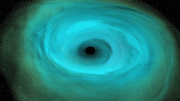

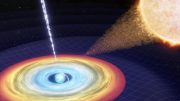

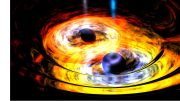
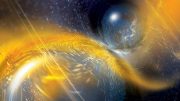
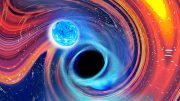
Be the first to comment on "Black Hole Swallowing a Neutron Star Detected"